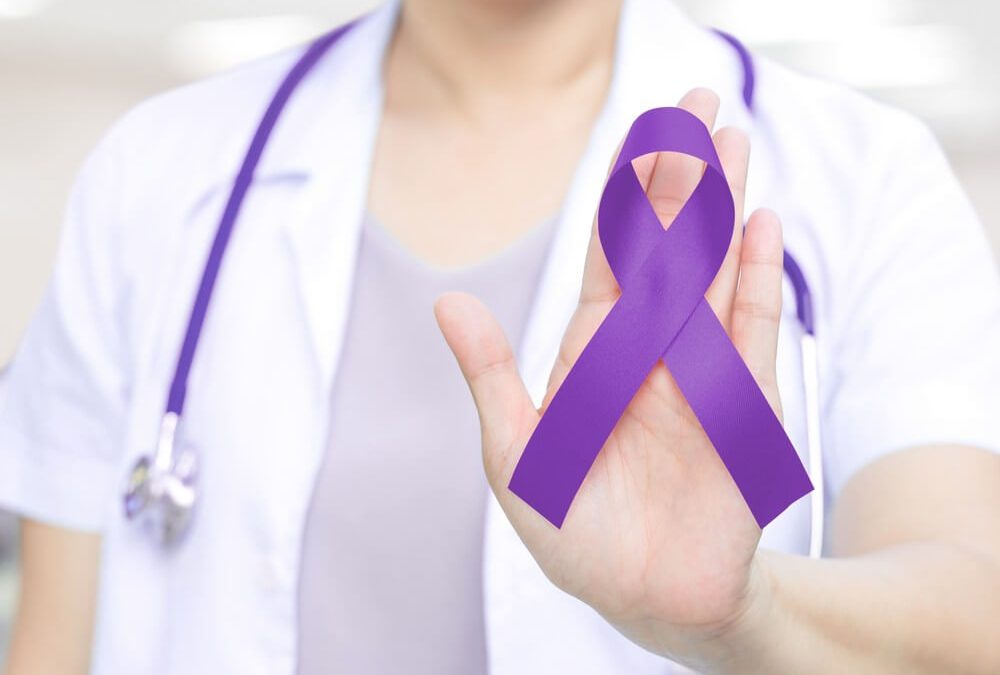Juvenile rheumatoid arthritis is one of the most common rheumatic diseases that affect nearly 14% of the juvenile population. According to a research study brought forth by the Centers of Disease Control and Prevention, myriad forms of juvenile arthritis cases have been seen in children below the age of 16. The most commonly cited number is 70,000 -100,000 cases, both active and inactive. This post looks into the disease, its symptoms and causes and prognosis.
What is Juvenile Rheumatoid Arthritis?
“Joint inflammation” implies joint aggravation. This term alludes to a gathering of illnesses that cause pain, swelling, firmness, and loss of movement in the joints. Joint inflammation is additionally utilized more for the most part to portray the more than 100 rheumatic infections that may influence the joints yet can likewise bring pain in other supporting structures of the body, for example, muscles, tendons, ligaments, and bones.
Arthritic-hands:
Some rheumatic maladies can influence different parts of the body, including different inner organs. Adolescent joint pain (JA) is a term regularly used to depict joint inflammation in kids. Kids can grow a wide range of joint inflammation that influence grown-ups, yet the most well-known sort that influences kids is adolescent idiopathic.
Also Read: How to Achieve Optimal Health
Joint inflammation:
Adolescent rheumatoid joint pain otherwise called adolescent idiopathic joint pain, is the most widely recognised sort of joint pain in kids less than 17 years old. Adolescent rheumatoid joint pain causes constant joint agony, swelling and solidness. A few kids may encounter side effects for just a couple of months, while others have manifestations for whatever remains of their lives.
A few sorts of adolescent rheumatoid joint pain can bring about genuine confusions, for example, development issues and eye irritation. Treatment of adolescent rheumatoid joint pain concentrates on controlling agony, enhancing work and forestalling joint harm.
When to be alarmed?
Like other types of arthritis, adolescent or juvenile rheumatoid arthritis is characterise by various physical symptoms. The most widely recognised signs and side effects of adolescent rheumatoid joint pain are:
- Your youngster may not complain about the joint pain, but you may see that he or she limps particularly first thing in the morning.
- Swelling in the joints
- Joint swelling is regular yet is frequently initially see in bigger joints like the knee.
Stiff joints
You may see that your youngster seems clumsier than common, especially in the morning.
Also Read: Keeping Your Child Safe on the Internet
Adolescent rheumatoid joint pain can influence one joint or numerous. Now and again, adolescent rheumatoid joint pain influences the whole body – bringing about swollen lymph hubs, rashes and fever. Like different types of joint inflammation, adolescent rheumatoid joint inflammation is portray by times when indications erupt and times when side effects vanish.
What Causes Rheumatoid Arthritis?
Adolescent rheumatoid joint pain happens when the body’s resistant framework assaults its own cells and tissues. It’s unclear so far as to why this happens. However, both heredity and environment appear to assume a part. Certain quality transformations may make a man more powerless to natural variables -, for example, infections – that may trigger the illness.
Diagnosing Juvenile Rheumatoid Arthritis
Adolescent rheumatoid joint arthritis requires various blood tests that help health practitioners diagnose the illness. Some of the blood tests that help in detecting rheumatoid joint arthritis include Erythrocyte sedimentation rate (ESR), Anti-nuclear antibody , C-reactive protein, Cyclic citrullinated peptide (CCP) and Rheumatoid factor.
Imaging scans for Rheumatoid Arthritis
X-beams or MRI scanning can be utilise to screen abnormal bone growth and to distinguish joint damage.
Treatment for Juvenile Rheumatoid Arthritis
Your specialist may suggest that your kid works with a physical advisory to keep joints adaptable to the movement and muscle tone. A physical specialist may make an extra set of measures with respect to the best practice and defensive gear for your kid.
In extremely serious instances of adolescent rheumatoid joint pain. Surgery might be expect to place the joint back to its original location.


Stay connected